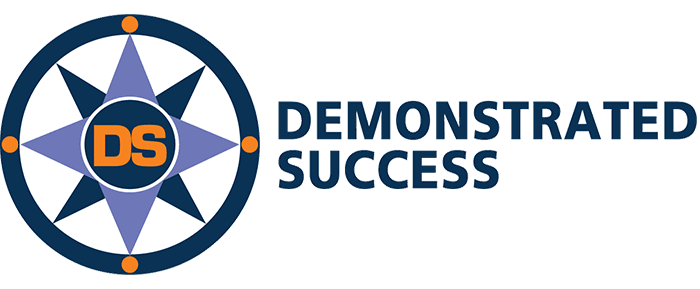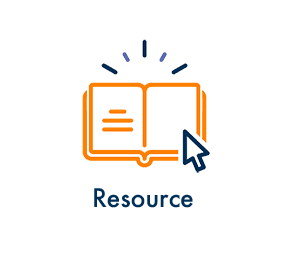Math & Literacy
Instruction. Coaching. Curriculum Development.
Math & Literacy
Instruction. Coaching. Curriculum Development.
Tiered Instruction
ensures student success
We provide PD and school support for effective differentiated math and literacy instruction. Our key instructional practices help teachers meet the needs of different types of learners.
Articulate Universal Tier 1 strategies for best instructional practice
Implement project-based blended learning practices
Incorporate sheltered instruction to support English language learners
Coaching & Modeling
We support teachers’ need to connect with other teachers to explore questions, share knowledge, and problem-solve what’s most relevant and beneficial to their teaching, and most empowering to students as learners.
1-1 Instructional Coaching
Expert, non-evaluative guidance tailored for a teacher’s needs
Team Coaching
Real-classroom approach to professional development that uses lesson studies, lab classroom models, and collaborative inquiries
Best Practice Modeling
Workshop model for math and literacy, universal access and differentiation, and student-centered learning
Curriculum Development
drives focused and effective instruction
We help educators strengthen their curriculum, so it is shaped by clear learning goals, supported by well-chosen programs, and aligned not only with standards but also across grade level/content area.
Align horizontal & vertical curriculum
Coordinating instruction and learning goals by grade level or content area ensures quality instruction for all students.
Select and evaluate programs
Choosing appropriate educational programs leads to better instructional support.
Create a backwards designed curriculum
Starting with clearly defined learning goals enables targeted instruction and well-designed assessments.
Questions? We’d love to hear from you.

